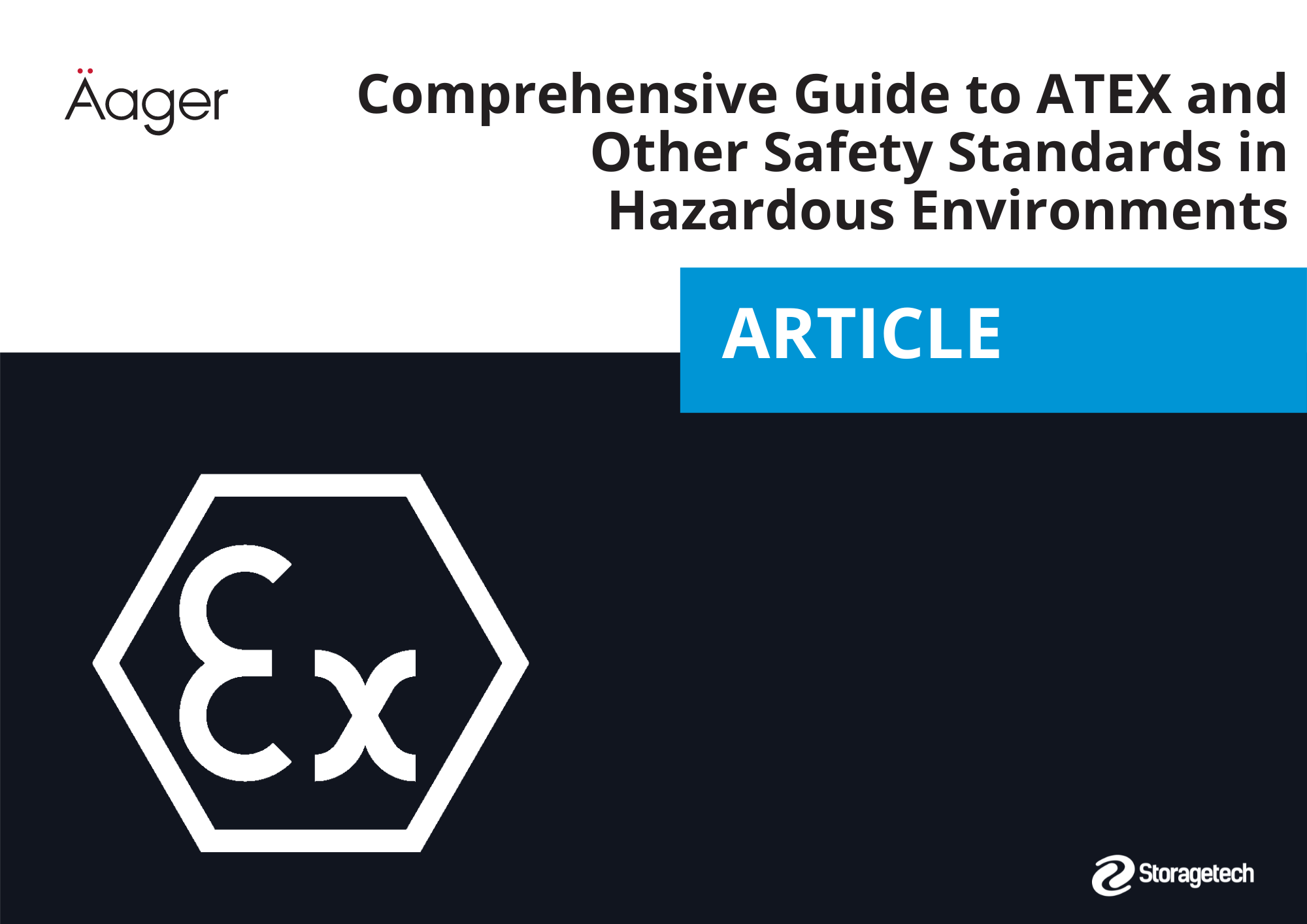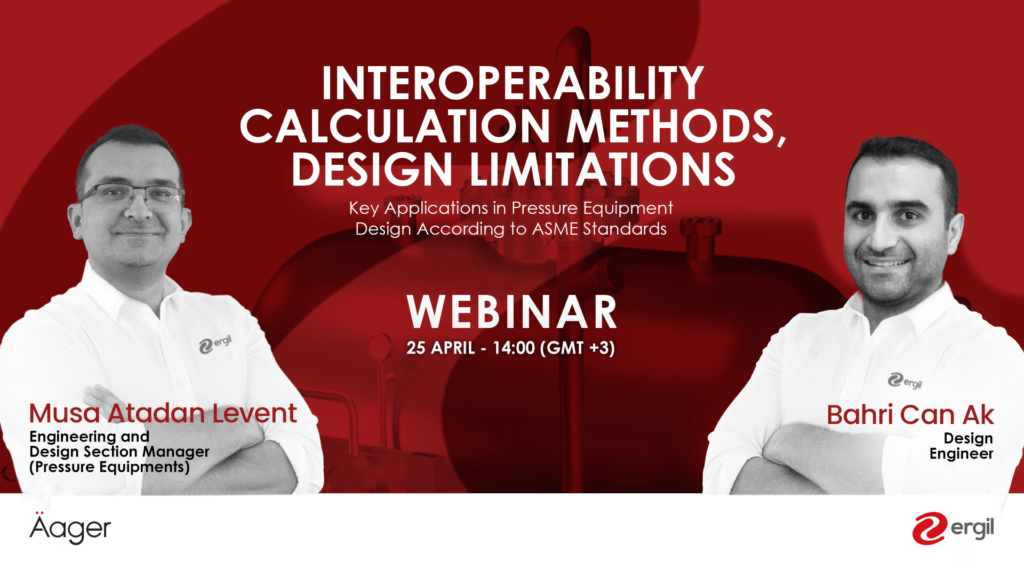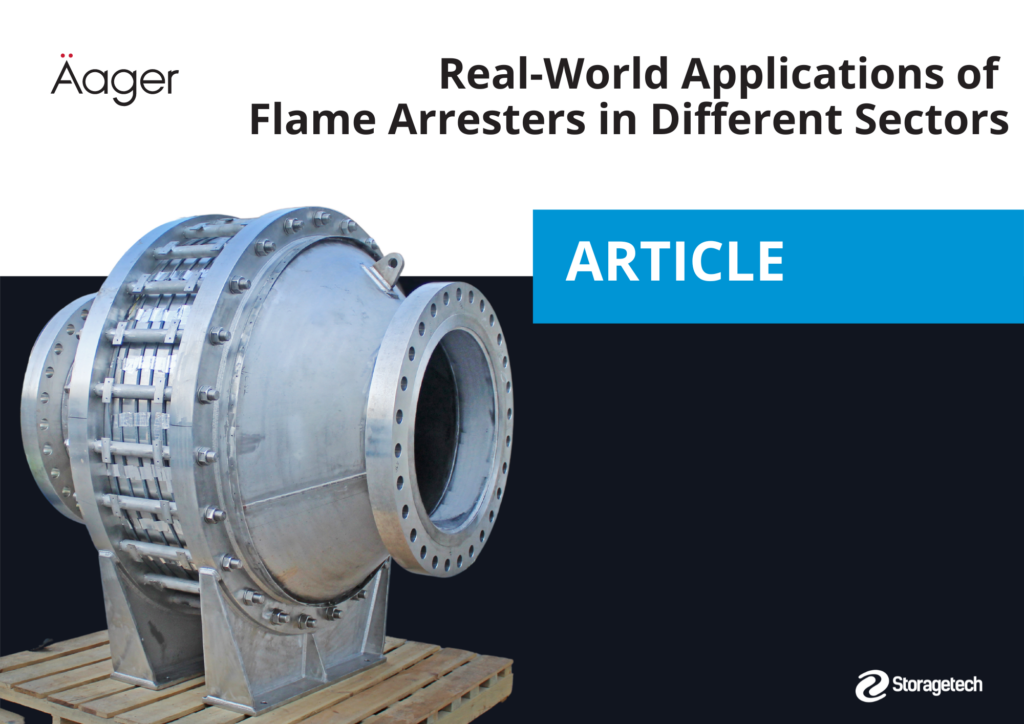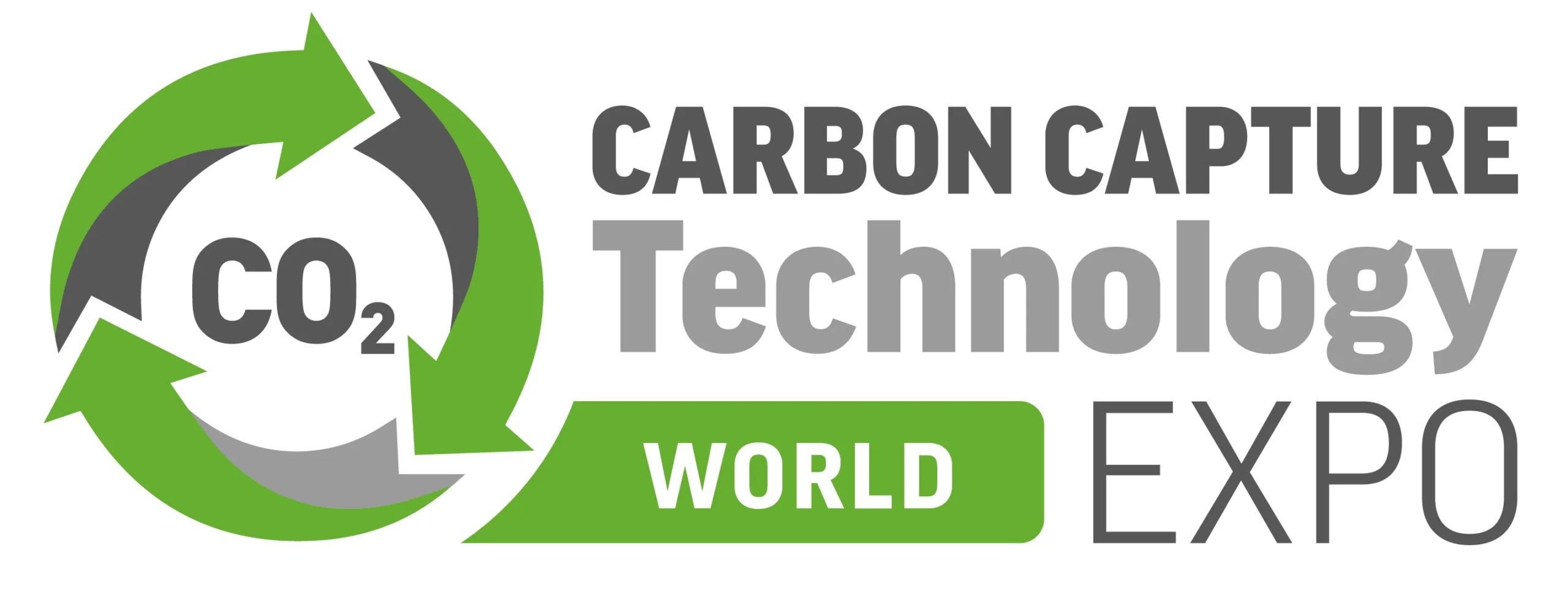
In industries where explosive atmospheres are a significant risk, safety standards like ATEX, IECEx, and NFPA play a critical role in ensuring the safe operation of equipment and protective systems. These standards help mitigate the risk of explosions by setting stringent requirements for design, testing, and certification. This comprehensive guide delves into ATEX certification and other essential safety standards, highlighting their importance and application in hazardous environments.
What is ATEX Certification?
ATEX, derived from the French term «Atmosphères Explosibles,» is a set of European Union directives that regulate the safe use of equipment in explosive atmospheres. The primary directives are:
- ATEX 114 (2014/34/EU): This directive covers equipment and protective systems intended for use in potentially explosive atmospheres. It sets out essential health and safety requirements and procedures for manufacturers to comply with.
- ATEX 153 (1999/92/EC): This directive outlines the minimum requirements for improving the safety and health protection of workers potentially at risk from explosive atmospheres. It applies to employers and mandates risk assessments and the implementation of appropriate safety measures.
Key Components of ATEX Certification
- Equipment Groups and Categories:
- Group I: Equipment intended for use in underground mines.
- Group II: Equipment for all other explosive atmospheres.
- Categories 1, 2, and 3: Denote the level of protection, with Category 1 offering the highest protection for areas with continuous explosive atmospheres.
- Zone Classification:
- Zone 0: Areas where explosive atmospheres are present continuously.
- Zone 1: Areas where explosive atmospheres are likely to occur in normal operation.
- Zone 2: Areas where explosive atmospheres are not likely to occur and, if they do, will persist for a short period only.
- Marking and Labeling: ATEX-certified equipment must be clearly marked with specific details such as equipment group, category, and additional safety information like temperature class and gas group.
Understanding IECEx Certification
The International Electrotechnical Commission System for Certification to Standards Relating to Equipment for Use in Explosive Atmospheres (IECEx) is a globally recognized certification that aligns with ATEX standards but extends its applicability worldwide. IECEx certification ensures that equipment meets stringent safety standards for use in explosive atmospheres, facilitating international trade and enhancing safety across different regions.
NFPA Standards
The National Fire Protection Association (NFPA) provides a set of codes and standards designed to minimize the risk and effects of fire and explosions. Key NFPA standards relevant to hazardous environments include:
- NFPA 30: Flammable and Combustible Liquids Code, which outlines guidelines for the safe storage and handling of flammable liquids.
- NFPA 70: National Electrical Code (NEC), which includes specific articles (e.g., Article 500) detailing requirements for electrical installations in hazardous locations.
- NFPA 497: Recommended Practice for the Classification of Flammable Liquids, Gases, or Vapors and of Hazardous (Classified) Locations for Electrical Installations.
Technical Requirements for Safety Standards Compliance
- Explosion Protection: Equipment must be designed to prevent ignition sources such as sparks or hot surfaces from causing an explosion. This involves using non-sparking materials and construction techniques that contain any potential explosion within the equipment.
- Intrinsic Safety: Electrical equipment must limit the energy available for ignition, ensuring that even if a fault occurs, it cannot ignite an explosive atmosphere. Techniques include energy limitation and separation of components.
- Temperature Control: Equipment must operate within specific temperature limits to prevent surfaces from becoming hot enough to ignite explosive atmospheres. This requires careful selection of materials and efficient cooling systems.
- Durability and Maintenance: Equipment must withstand the harsh conditions found in hazardous environments. Regular maintenance and inspections are essential to ensure ongoing safety and compliance with safety standards.
Storagetech’s Commitment to Safety Standards
Storagetech, delivering excellence in industrial solutions, is dedicated to ensuring that all our products meet the highest safety standards, including ATEX, IECEx, and NFPA certifications. Our extensive range of products, including pressure vessels, scrubbers, pig launchers, and heat exchangers, are designed and manufactured to comply with these rigorous standards.
Design and Manufacturing Excellence
Storagetech employs state-of-the-art engineering techniques and advanced manufacturing processes to ensure our products meet or exceed safety standards. Our team of experienced engineers meticulously designs each product, incorporating safety features to prevent ignition sources and contain potential explosions.
Rigorous Testing and Certification
All Storagetech products undergo comprehensive testing and certification processes to ensure compliance with safety standards. Our in-house testing facilities are equipped with the latest technology to simulate hazardous conditions and evaluate product performance under extreme circumstances.
Comprehensive Documentation and Support
Storagetech provides detailed documentation for all certified products, including user manuals, maintenance guides, and certification documents. Our technical support team is always available to assist with any queries and ensure our clients have the information they need to operate our equipment safely.
Applications of Certified Equipment in the Oil and Gas Industry
The oil and gas industry operates in some of the most hazardous environments, where the presence of flammable gases and vapors poses significant risks. Storagetech’s certified equipment, including pressure vessels, heat exchangers, and pig launchers, ensures safe and efficient operations in these challenging conditions.
Pressure Vessels: Designed to contain high-pressure gases and liquids safely, our pressure vessels are built to withstand extreme conditions and prevent leaks or ruptures that could lead to explosions.
Heat Exchangers: Storagetech’s heat exchangers are crucial for managing the transfer of heat between different media, ensuring optimal thermal performance while preventing hot surfaces from igniting explosive atmospheres.
Pig Launchers and Receivers: These systems are essential for pipeline maintenance, allowing for the safe and efficient removal of debris and ensuring the smooth operation of oil and gas pipelines.
Compliance with safety standards such as ATEX, IECEx, and NFPA is crucial for operating safely in hazardous environments. At Storagetech, we are committed to providing equipment that meets these stringent standards, ensuring the safety and efficiency of our clients’ operations. Our expertise in engineering, rigorous testing processes, and dedication to quality make us a trusted partner in the industry.
For more information on our certified products and how they can enhance the safety and efficiency of your operations, please visit our website or contact our technical support team.

Şeyma EKİCİ
Business Development Associate





